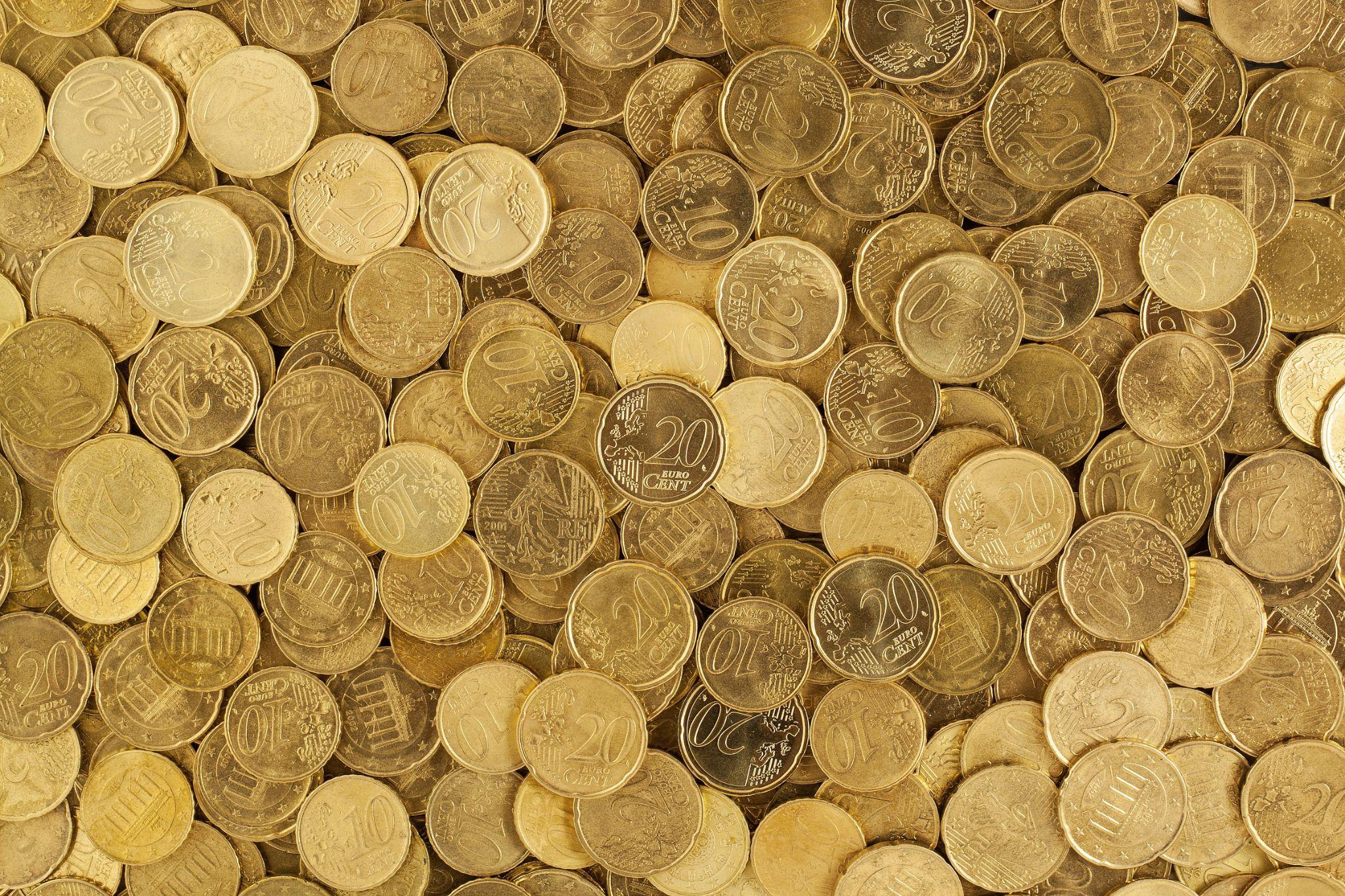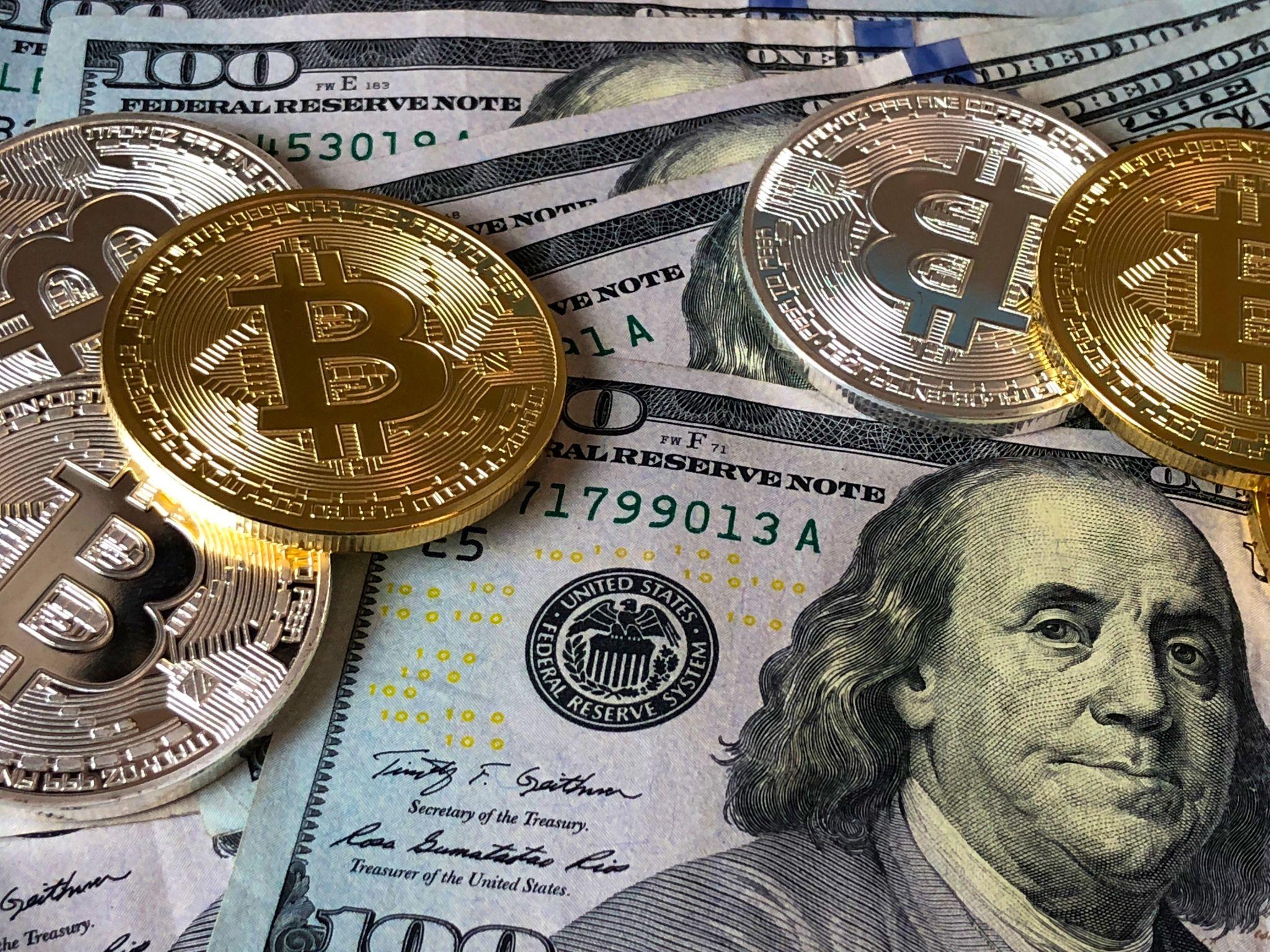
The price of gold hit a low in 2015 that had some investors worried. However, it has managed in recent years to not only bounce back, but to have healthy growth. Naturally, there were a number of significant causes that contributed to this tremendous shift, including:
- Nixon’s decision to quit the gold standard;
- A rush into precious metals as a safe haven because of double digit inflation. Click here for more information on double digit inflation.
- The rise of communism in eastern Europe
- jolts to the price of oil;
- a dollar that is not strong; and
- as well as political unpredictability, which caused investors to feel anxious and tense.
2001 is where we find ourselves now. Gold had yet another significant price swing during the course of nine years, going from a minimum of $250 to an astounding high of $1,920. This gain equated to an increase of over 600 percent over the course of that decade!
Although the gold price had fallen to $250 out of its peak of $850, it is important to be aware that even at such a low level, the value of gold remained still almost 10 times more than it had been nearly a decade before. This is something to keep in mind.
The Effect Of Bull Markets On Gold Values
Gold has been in the midst of a bull market cycle over the last four years. However, a gold bull market (Bull Market Definition: Characteristics & Examples (investopedia.com)) has not yet emerged from its starting gate. Although the gold price has increased by forty percent since 2016, this is just a moderate increase in comparison to the last previous bull markets.
To achieve the same level of success as the bull market of the 1970s, the value of gold would need to increase by around 15 times, or 1,400 percent. If anything like that were to occur, the price of an ounce of gold would jump much beyond $22,000. Or, the gold price would have to increase by 5.5 times, or 450 percent, to reach $8,000 per ounce in order to replicate the gains that gold experienced during its bull market from 2001 to 2011.
What Outside Influences Can Be Expected To Influence Precious Metals Values?
It may be argued that the United States is not actually facing runaway inflation at the moment. However, there are a significant number of variables that should work to strengthen the price of gold moving ahead.

The Best Gold IRA Companies of 2022 can assist you in negotiating the ebbs and flows of the precious metals market. The following are some of the variables that encourage a growth in the substantial level of the price of gold:
• levels of debt at an all-time high;
• a deficit for the United States that is close to one trillion dollars;
• a trend toward interest rates approaching zero;
• the Reserve Bank increasing the size of its balance sheet at a rate that is twice as fast as it was during the QE3 program;
• Intervention by the Federal Reserve in many markets (including Repo and Treasury);
• political instability all around the planet;
• the possibility of the Commander – in – Chief being removed from office by impeachment;
• an increase in the geopolitical tensions that exist between several international powers;
• an international trend toward de-dollarization that is gaining up steam; and
• a moderating rate of economic expansion
For many decades, gold has served both as a foundation for safety and as a driver of economic expansion. The demand for assets that might be considered a safe haven is likely to keep growing as long as the economic and political climate, both domestically and internationally, remains unstable.
We may infer, based on the last previous 10-year bull market phases for gold, that there are between five and six years left in this cycle for gold. This is based on the fact that the prior cycles lasted for a total of ten years. There is still space for a gain that is five to fifteen times greater than the present price of gold.
Leave a Reply